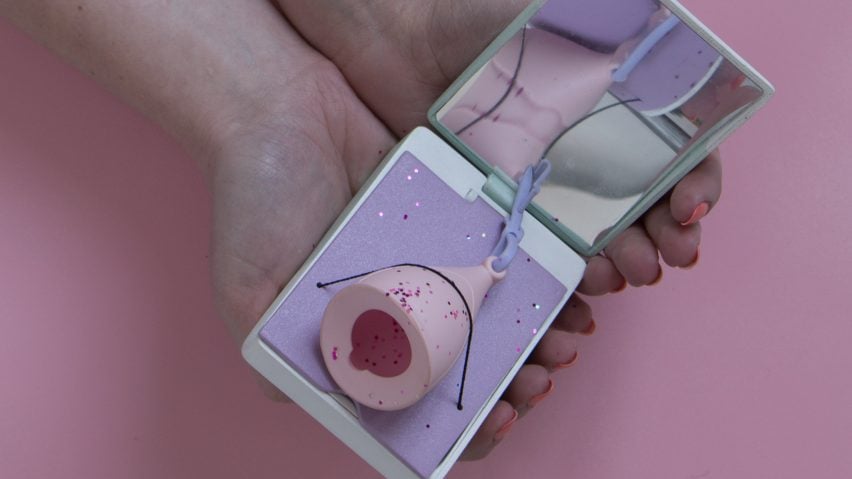
Nixie Girl designed to make menstrual cup more accessible for teenagers
Northumbria University graduate Ailsa Inglis has created a menstrual cup aimed specifically at young girls, with the aim of normalising alternative period products.
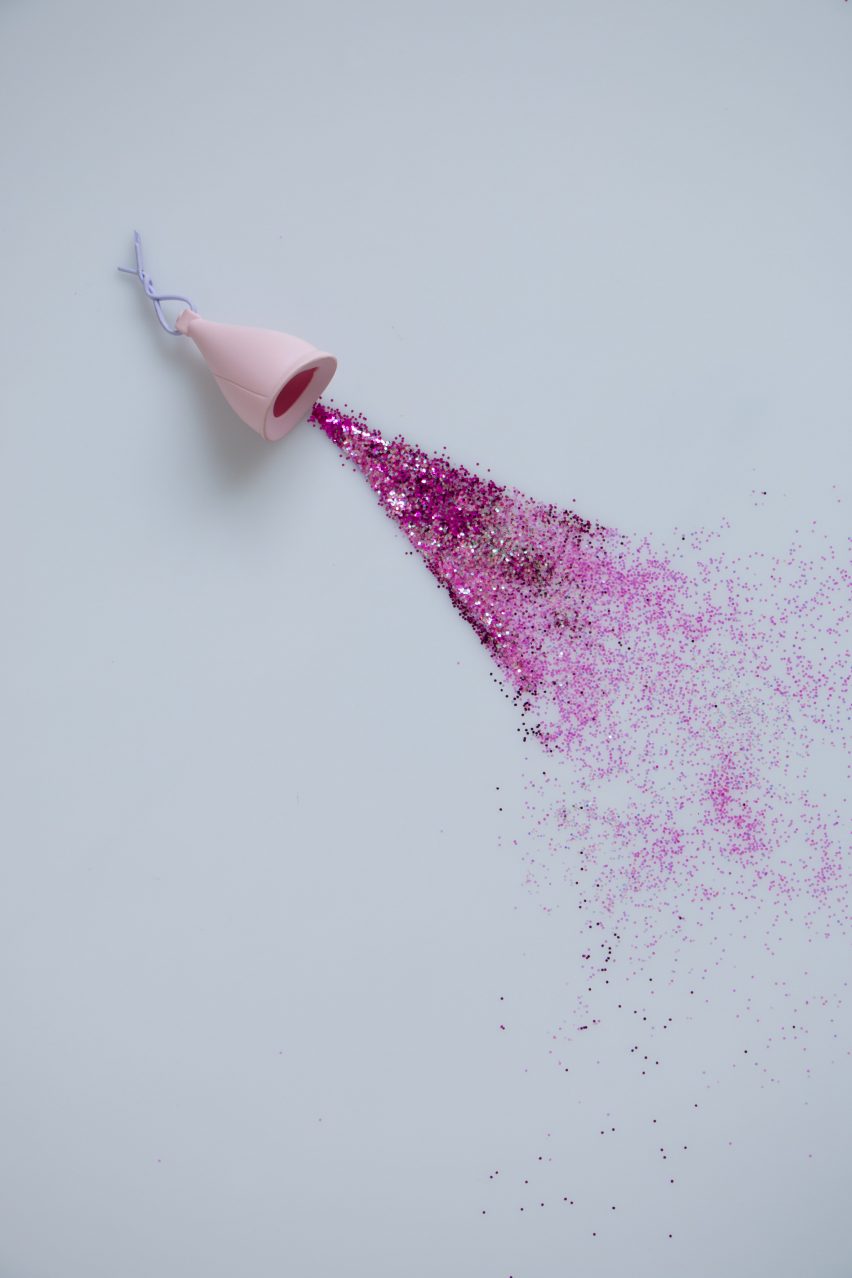
Inglis, who is an industrial design student, came up with the idea for the Nixie Girl menstrual cup after her research revealed that 93 per cent of women who menstruate still use regular period products.
These products – including tampons and sanitary towels – can take up to eight years to decompose in landfill.
They are also expensive, and according to the BBC, some young girls are skipping school in the UK during their periods because they can't afford sanitary products.
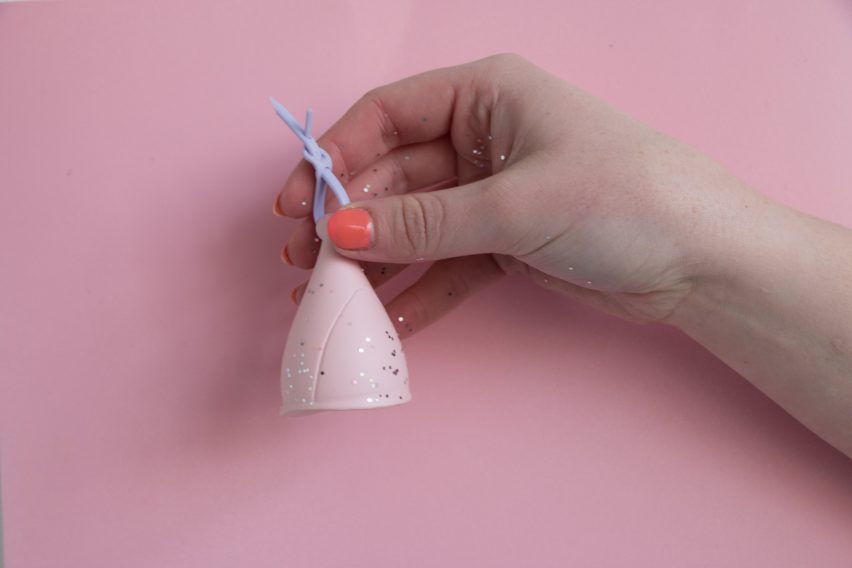
She felt the best way to tackle the stigma surrounding alternative period products was to make them accessible for young people, and potentially encourage a lifetime of use.
"This final-year project set out to explore the products on sale, social attitudes and the media's hold on the female hygiene industry, and how this influences society today," said the designer.
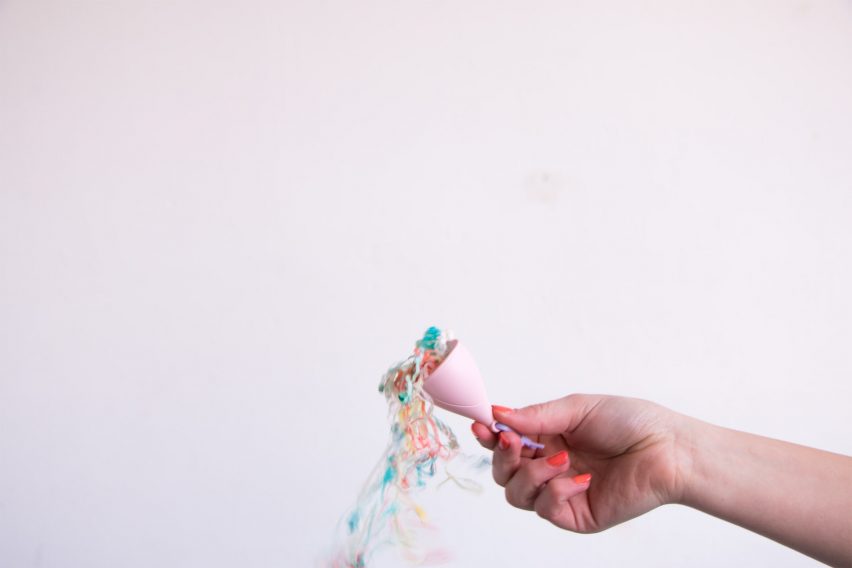
"Since the average woman uses nearly 11,400 tampons or pads in her lifetime, isn't it time as a generation we start to consider what's in these products? And, are other options like menstrual cups better for future generations if we spent a bit more time on designing for the user experience?"
Inglis began by looking at the existing design of menstrual cups, which are made of flexible silicone and worn inside the vagina to collect blood. She adapted the design in a number of ways to make the product more appealing to first-time users.
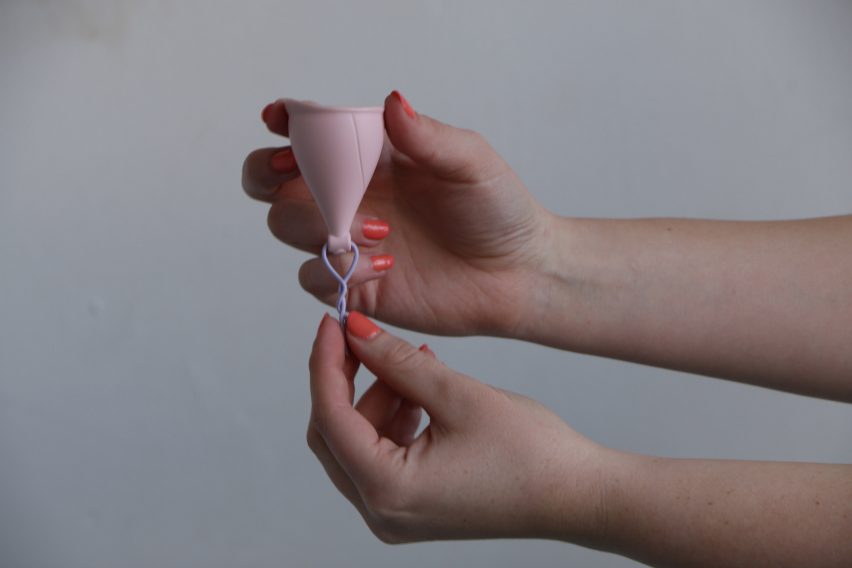
Her Nixie Cup features a curved higher back lip for additional support against the cervix, while an arched groove shows the user where best to press to bend the cup for insertion.
The removal of the cup is also made easier with a looping silicone string, which replaces the stiff stem seen on the menstrual cups currently available on the market.
To tackle reservations many have around cleaning the product, Inglis created a discreet steriliser that steams the cup using a shot of water – making it ready to use again in eight minutes.
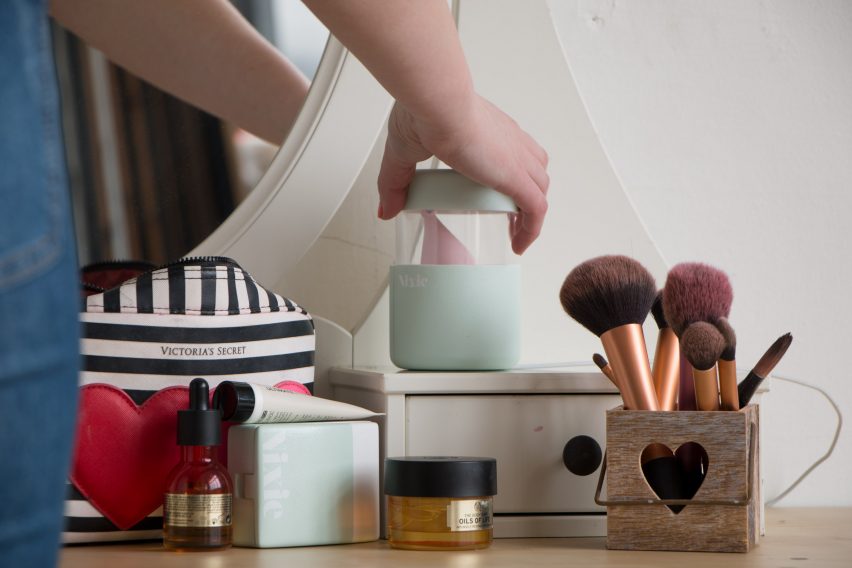
She also took into account the packaging, which she believes can help "normalise the experience". Instead of the fabric pouches that current menstrual cups come in, she created a hard case with two different sections for a used and clean cup.
It looks similar to a make-up case, so users might feel more comfortable openly carrying it to the bathroom, and also includes a mirror to assist with insertion.
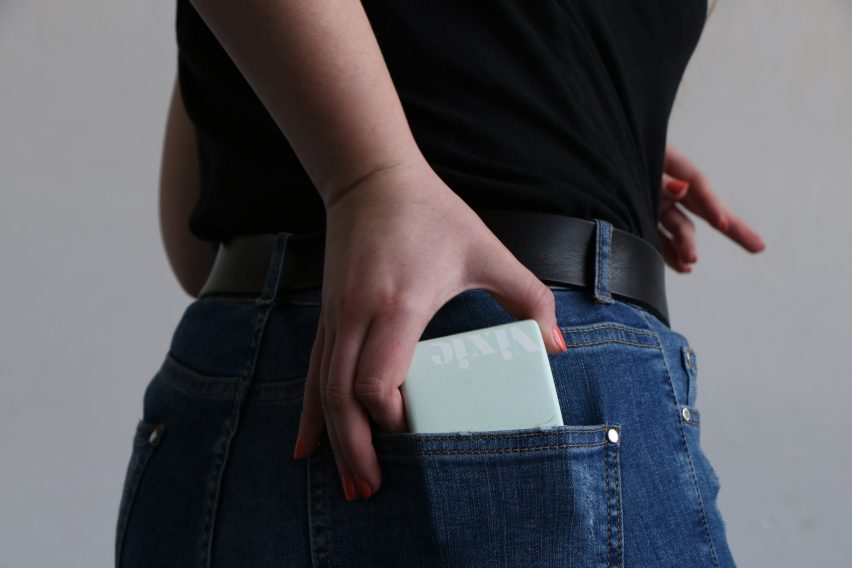
"With so much division currently happening around the world today, surely it is the design world's responsibility to try and unite societies through thoughtful design like Nixie Girl," said Inglis.
"We cannot change the cultural values of corporate organisations like Procter & Gamble on sanitary products, but industrial designers can endorse a cultural shift regarding menstruation through innovative product design to help enable cultural change and support sustainability."
Areas of women's health that were previously neglected by designers are currently coming in for attention. Last year, Central Saint Martins student Giulia Tomasello designed the Future Flora sanitary pad kit to allow women to grow and harvest living cultures that can balance their vaginal flora, helping prevent yeast infections.
The Flex Company designed a tampon that allows women to experience "mess-free" sex during their periods, while Swedish designer Katarina Hornwall created a necklace pendant that can be used to carry emergency tampons.